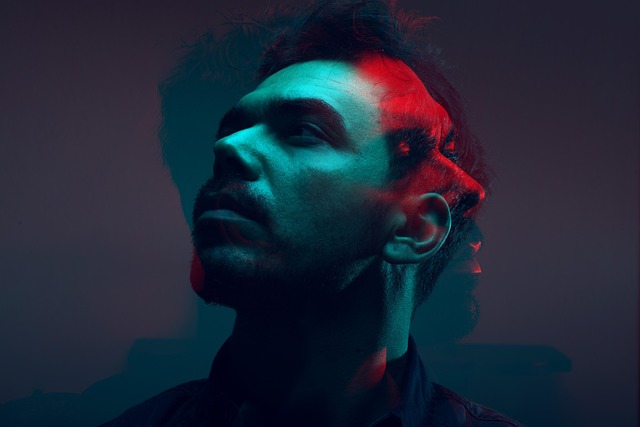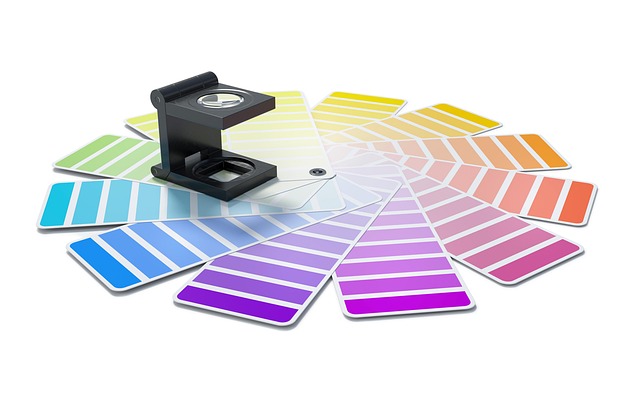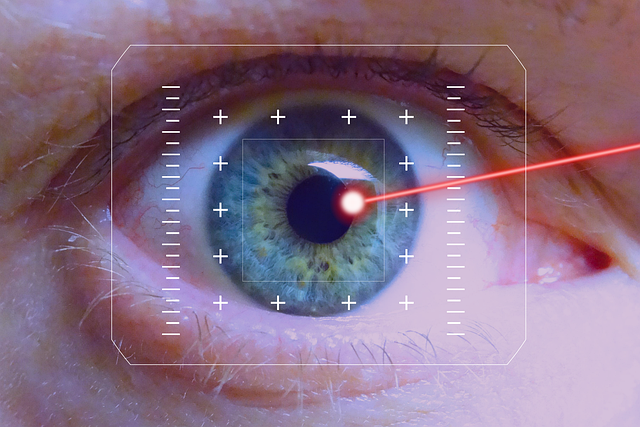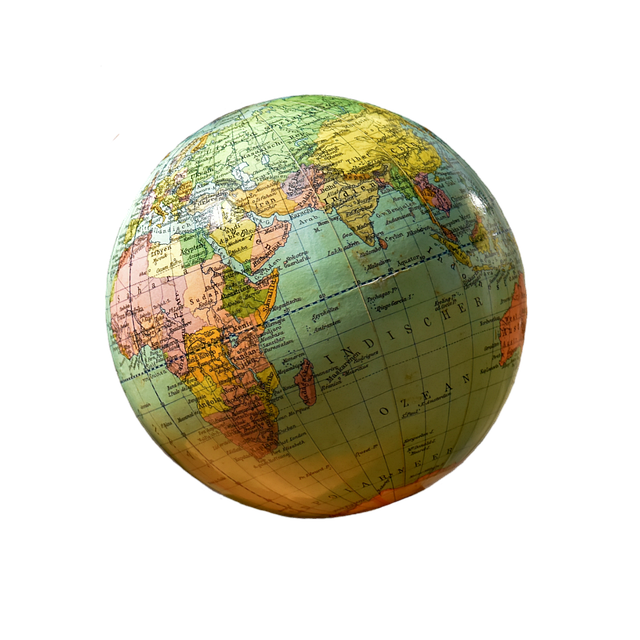Embracing the Dance of Light: The Art of Manual Exposure
Photography is more than just capturing a moment; it is a powerful form of art that allows us to express our innermost feelings, thoughts, and creativity. When we delve into the world of manual exposure, we unlock a realm where artistic freedom and technical expertise collide. This key technique is essential for those who aspire to elevate their photography from mere snapshots to captivating works of art.
The Artistic Journey
Every click of the shutter tells a story. To narrate that story effectively, understanding manual exposure becomes fundamental. It gives you the creative control over how your images convey emotion through light and shadow. Rather than leaving it to the camera’s automatic settings, mastering manual exposure invites you to be the artist, deciding which aspects of the scene deserve the spotlight and which should remain in shadows.
This process can feel similar to the brush strokes of a painter or the carefully arranged elements of a designer. It’s about knowing when to allow light to flood in and when to create tension through darker areas. Achieving the right balance transforms photographs into visual poetry. Each setting—aperture, shutter speed, and ISO—is like a note in a melody, harmonizing to create something beautiful.
The Design of Your Vision
When you engage with manual exposure, you become the architect of your photographic vision. Each image is a canvas, and the settings you choose construct the design of your final piece. A wide aperture can blur the background beautifully, focusing attention on your subject, while a slower shutter speed can reveal motion, adding dynamism and energy to your shots.
Think of manual exposure as your design toolkit. You meticulously choose your elements to shape the response of your audience. Will they feel a sense of serenity, evoked by soft lights and gentle shadows? Or will they experience excitement through bright colors and sharp contrasts? The decision is in your hands.
Finding Your Voice
As you practice manual exposure, you will start to notice patterns and preferences in your style. Just like an artist develops a unique approach to color, composition, and form, you’ll begin to express your individuality through how you handle light. This exploration is not just about technical skill; it’s about discovering your voice as a visual storyteller.
Experimentation is key. Venture into different lighting conditions—dawn, dusk, indoor, and outdoor settings. Observe how the parameters of manual exposure affect the mood and tone of your photographs. Each shot offers an opportunity to learn, adapt, and grow in your craft.
Let yourself make mistakes; they are often the stepping stones to extraordinary creativity. Some of the best pieces of art have emerged from unexpected turns in the creative process, and photography is no different. Your journey through manual exposure might lead to stunning revelations and innovations in your artistic style.
The Transformative Power of Manual Exposure
As you immerse yourself in the practice of manual exposure, you’ll find that it is not merely a technical skill but an enriching way to connect with the world around you. Your camera becomes an extension of your thoughts, and each photograph you take is a testament to the beauty that resides in the interplay of light and design. By committing to this learning, you set yourself on a path not only to better photographs but to a deeper understanding of art itself.




